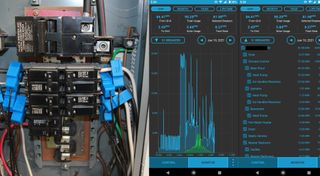
With speedtest-cli now installed, you can measure your broadband speed easily with this command: speedtest-cli Next, let’s use pip to install speedtest-cli: sudo pip install speedtest-cli

If you a message that reads “python-pip is already the newest version,” that means that we’re good to go. You can make sure that you have pip by running this command: sudo apt-get install python-pip That’s easy to do so by using a tool called pip that comes preinstalled on Raspbian Jessie and Stretch. Speedtest-cli isn’t available right away from the Raspbian archives, but we can install it from the Python Package Index (PyPI). We’re going to use speedtest-cli, which, in the words of its creator, is “a command line interface for testing internet bandwidth using .” There are various methods to measure the speed of broadband connection.

Sudo apt-get upgrade Step 2: Install speedtest-cli Run the following commands in Terminal: sudo apt-get update How to use your Raspberry Pi to monitor broadband speed Step 1: Check for updatesĪs usual, let’s start with checking for the latest updates. This how-to will assume you already have Raspbian installed on your Pi. Sound like a handy thing? Then let’s get started. CSV is a very simple file format that can be opened in Microsoft Excel or imported to Google Sheets.

The monitor will create a CSV (comma-separated values) file to your Google Drive and update that file once an hour. But once we’ve laid the groundwork, we can automate our broadband monitor so that it keeps right on monitoring for as long as we want. This project involves a fair bit of setup, including downloading and installing some packages, writing a Python script, and more. In this article, we’ll show you how to use the Raspberry Pi to monitor broadband speed.


 0 kommentar(er)
0 kommentar(er)
